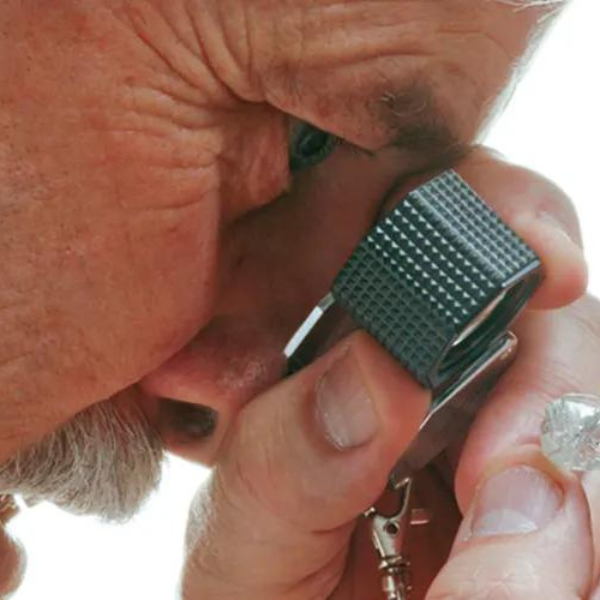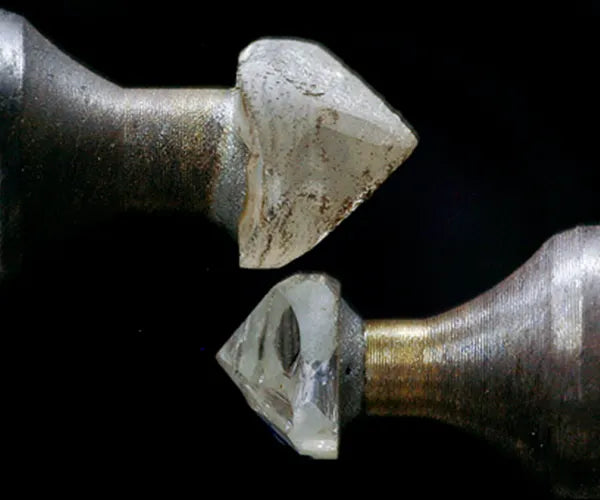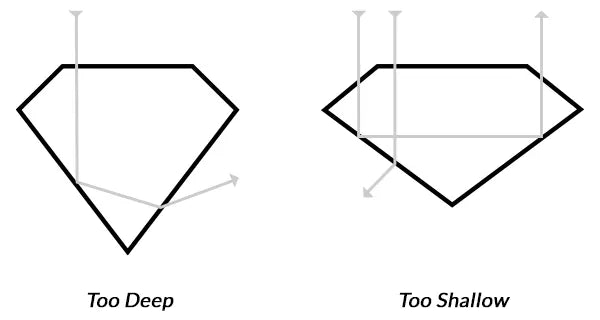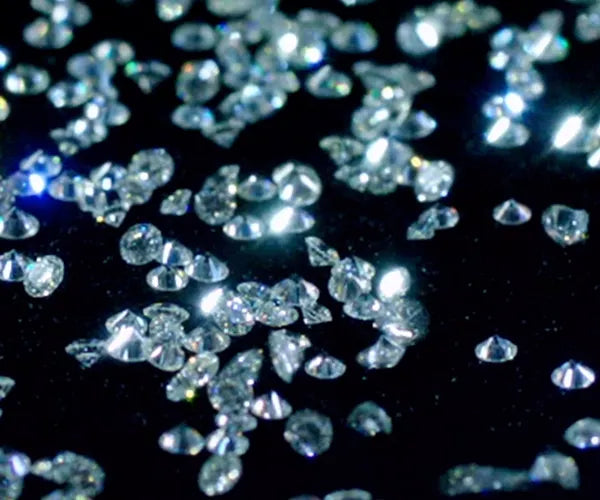
What makes your diamond so unique? Yes, you or your someone special selected it just for you. Yes, it’s the stone you’ll pass down from generation to generation. But, the fact that the diamond even exists is enough to really astound the mind. Check out these five intriguing facts about your new gem that are sure to impress your friends and family.
 Photo Credit: Hearts On Fire
Photo Credit: Hearts On Fire
Just One Takes Over a Billion Years to Form
A diamond requires 1 to 3 billion years to form (plus or minus a million years). But, it’s not just the evolution period that's needed. It’s a particular sequence of temperature and pressure. The heat comes from the center of the Earth, and the pressure comes from the rock weighing down from layers above. Volcanic eruptions from tens of millions of years gradually bring rough diamonds to the upper mantle of the Earth. After a couple billion years of formation, the diamonds begin to appear at a (not-so-accessable) 100 miles down.

Photo Credit: Hearts On Fire
Bright and White Was Not Always the Most Popular Look
The expertise to cut and polish diamonds as you see them today only began a century ago. Before that, rough methods and less-than-perfect estimations meant that diamonds were set in jewelry as foggy as they were originally discovered in nature. After the middle ages, cuts like Old European, Old Mine, and Rose were the most common across the 7 continents. Diamonds were estimated by eye and cut by hand. You can still see some representations in our estate collection, and while you’ll notice that they are as alluring as the diamonds you see today, they aren't as brilliant and white.

A Diamond's Depth Dictates It's Overall Size
You probably know that the cut of a diamond is a big contributing factor to its overall size because it determines how light is reflected throughout the stone and back out the top. If the cut is too shallow, light will leak from the bottom and you'll give up the glamorous sparkle that make other stones stand out. If the cut is too deep, the stone lacks luster and appears darker than others. Too deep of a cut will also detract from the width of the stone which decreases the physical size.
Photo Credit: Hearts On Fire
Diamonds Weren't Always Measured in Carats
“Carat weight” is an industry term that originally came from from the seed of the carob tree. This tree, that’s calls the Mediterranean area home, has been reaped for nearly 4000 years. The seeds of the tree have quite a fascinating feature in that they are always identical in size. Carob seeds became the standard for weighing diamonds and other gemstones for many years. When the gemstones were on the scale, their weight was tallied in carob seeds, or “carobs” and the more seeds on the scale meant a more a gem was worth. In 1907, the Fourth General Conference on Weights and Measures sanctioned the Metric Carat as the official measurement for gemstone weights across the world.
 Photo Credit: Sothebys
Photo Credit: Sothebys
White Diamonds Aren't the Ones That Will Break Your Budget
Because diamonds are so hard and compressed, impurities almost never breakthrough the surface. But, when it does happens, the culmination is an amazing variety of colors. The probability of finding a diamond is already slim but finding a colored diamond is even less likely. The color in yellow or brown diamonds is generated by nitrogen impurities. The color in blue diamonds comes from boron. The color in pink and red diamonds is the result of a deformation in the stone's architecture. Red diamonds are inconsequently the rarest of them all. The largest one that has ever been found was a mere 5 carats. Fairly tiny when compared to the current record-holding 500 carat cut white diamond. However, the most costly jewel ever purchased was earlier last year, when Sotheby’s sold a giagantic pink diamond weighing in at 59.60 carats fetching a staggering $71.2 million.
So, in case you had any doubt, you have a pretty amazing freak of nature in your jewelry box...


